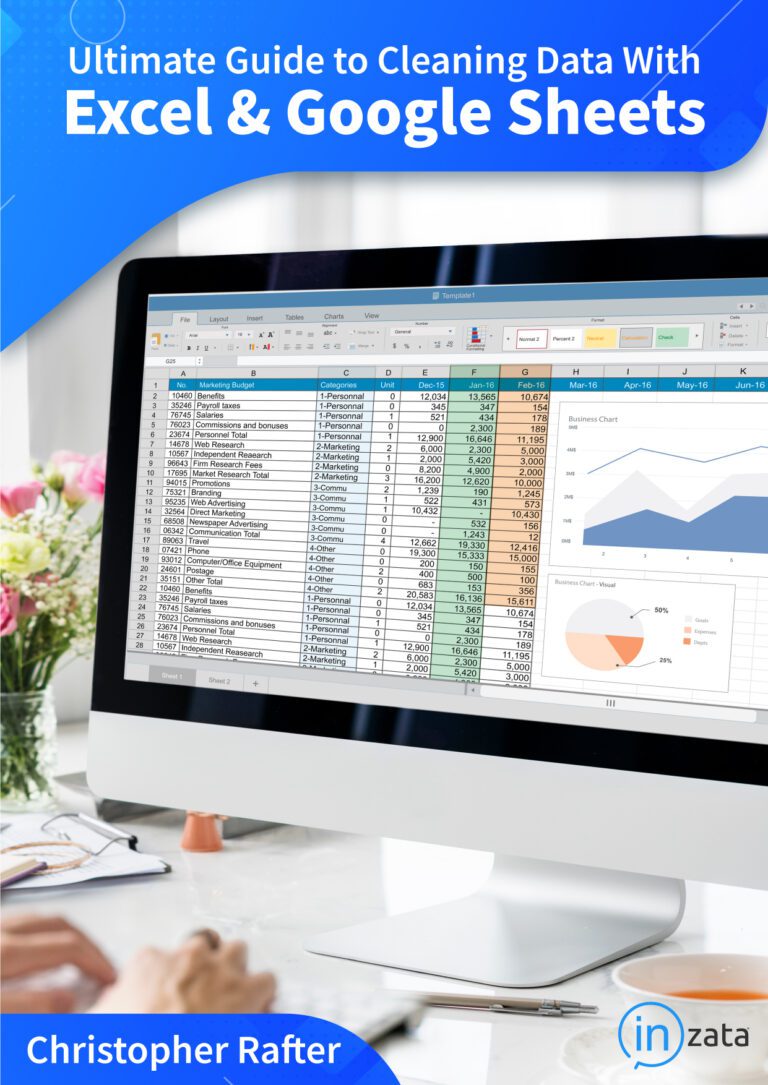When people think about Big Data, most of the ideas that come to mind involve businesses or governments trying to deal with large-scale issues. Many use cases involving Bid Data and analytics boil down to questions that can be answered if you happen to have a massive number of data points to work with. This means that the education sector is, in fact, one of the ripest areas for new analytics work to be done.
Why the Education Sector?
In the simplest terms, education and analytics go together well because of the need to teach hundreds of millions of both children and adults each year. From preschools to doctoral programs, most people on the planet now receive at least some formal education.
This means that there is data about people across many cultures, and that has the potential to act as a filter in performing analysis. One of the biggest concerns in the world of Big Data is that datasets are imputing biases. Organizations sharing data at the global level have access to information that can be used to filter out biases, normalize what performance should be and devise better class plans based on hard data science.
Similarly, academia has a much better tradition of sharing than other areas where analytics has made major inroads, especially finances. While folks on Wall Street are often worried about keeping their findings tightly guarded, educators generally want to share their discoveries as far and wide as possible.
What Are the Potential Use Cases?
Intervention
Intervention is an important job at all ages in the education process. A classic case where Big Data has been in use longer than the term “Big Data” has been around is in tracking high school and college dropout rates. While plenty of data on the subject has been available for decades, the opportunity to apply analytics has made an old use case into a fresh one.
Detecting wobbliness in student performance, for example, can be a challenge for a human being to do. It’s difficult for a single teacher to spot a student whose grades are starting to slip. At a macro scale, though, potential dropouts can be identified from the larger pool by matching them to previous students who matched the pattern. Schools can then direct resources such as study aid, financial help and even counseling toward students who might be at risk.
Career Paths
Even the best and most stable performers can feel challenged by picking a career path. Students can be tracked using multiple datasets and questionnaires to determine what career paths match their interests and what courses they should be taking. If a student wants to get into a STEM field, for example, a model can be worked up that will guide them in their high school course selection. This can ensure that they’ll be better prepared when they get to college. Similarly, students who are a bit tepid can be directed toward courses that will help them find their paths.
Forecasting
While it’s important to note that analytics systems aren’t oracles, there’s something to be said for trying to forecast students’ grades based on demographics, curricula, institutions and other factors. If the forecast for an elementary school student looks worrisome, interventions can then be arranged to make up for gaps that might only appear years or even decades down the road.
Likewise, the same approach can be used to intervene at schools that may be on the brink of trouble. This can be especially helpful when looking at problems like budgeting, teacher allotments, deploying resources and even shutting down schools. A district may be able to run multitudes of simulations to drill down to what is the ideal composition for a district. The goal should ultimately be to make the best use of the dollars available for each student.
Teaching Styles
One of the hardest issues to address in education is getting teachers who may be laggards to perform as the best educators do. While it’s tempting to tag these folks as “bad” teachers, the reality is often that they don’t quite have the magic formula for controlling a classroom and engaging with students. It’s also easy to dismiss the best teachers as talented, but it is possible to track what they do well. With this template in hand, interventions can be done during their time in universities and during teacher training to adapt their skills to what works.
How to Become Data-Centric
Every organization that moves toward analytics has to embrace a new culture. On one end, this means embracing data and its use. In some cases, this even means letting go of administrators who can’t get on board with analytics. Conversely, it’s also important to make sure that happy adopters appreciate the importance of dealing competently with issues like data privacy, biases, anonymization, errors and the limitations of analytics-driven decision-making.
It will take time to build an educational system that used data to improve life for both educators and students. The field, however, is ripe with available data. Education is a sector that is fertile ground for analytics, and there is also an installed based of interested educators who can plow the ground. With direction and resources, virtually any school can benefit from adopting Big Data and analytics.



